This is the part of a blog series. You can read the other posts here…
Thanks so much for coming back! On Monday, I wrote about some of the VERY basics of close reading. There were some really great comments.
One was simply about the name. It is pronounced “close” like a close friend, or as Amanda put it, “a close race.”
I know that many people are familiar with the term “cloze reading” or cloze passages.” These are passages of text in which words are blanked out. Students have to use a variety of reading skills (background knowledge, context clues, structure of the sentence, etc) to fill in the blanks. This is an example of a cloze passage I wrote a million years ago (it feels, at least!) about Paul Revere.
Close reading is different. It means to look closely at the text to unveil deeper meaning of the text while paying attention to the craft and structure.
If I had to make an analogy, I would relate close reading to a microscope. The first time you look at the slide (or reading passage), you might look with the naked eye. The next look you would zoom in to look a little closer. The next time, you would zoom in even more, uncovering more and more about the slide each time your look.
Many of the questions focused on the implementation- especially when working with young or struggling readers. We will get there, I promise. But, before we can get to the implementation, we need to go back to the research. I know, that can be about as much fun as a root canal, BUT there are some pretty big implications in the HOW when reading about the WHY.
I promise. We will get to the good stuff. Soon.
So, why should we teach students to read closely. Check out this quote. It unleashes a bit of a hornet’s nest.
See that little point about personal connections. Yeah.
This relates directly back to building background with students and activating prior knowledge. In college we always talked about giving some kind of “hook” to hang their hat on. When they were learning something new, we needed to give them some kind of background so they could easily access that mental file and add to it or edit it.
While I was reading, I was surprised that building background is a REALLLLY hot topic during close reading. There are a few different “camps” that have opinions about connections as well as building student schema and prior knowledge before reading.
This is where the WHY is going to affect the HOW to close read in our classrooms.
A few articles mentioned students making personal connections to the text and how they often lead away from the text. I did see this in my own classroom that sometimes the meaning of the text was lost because the students latched onto simple details from the story that lead them down a “rabbit hole” totally unrelated to the text.
Okay, so maybe we don’t need to spend as much time previewing the text….
…and maybe making connections to the text can be valuable, we don’t need to over rely on it. But doesn’t building background and activation “level the playing field” so to speak before we ever even open the text?
Well, maybe not in a way I would have expected…
Well, that is certainly something. I had never thought of the fact, that since we are diving so deeply in the text- and for the most part strictly staying true to the text, the playing field is automatically leveled? Hmm…
This quote brings home on why we need to read this research stuff…
I guess I would consider myself a moderate. I can’t imagine completely throwing out any activation strategies. Didn’t Max Thompson cite activation as one of the strategies for Learning Focused Schools and part of the success of 90/90/90 schools ( I have gone back and tried to research this, and I will say Google is not easily turning up the research to support activation. Maybe I am Googling wrong?).
What is YOUR opinion?
This post neatly leads up to my next post, criticisms of close reading. I know you guys just want to know how to do it, because my guess is SOME big-wig is requiring it. We will get there. I just want to make sure we don’t fall into a “trap” of doing what were are told without know why- they why can only help our students.
Promise.
Also, I had TWO readers comment that this book is a must read on the topic of close reading. I haven’t read it yet, but it is on my list. After I finish my trashy romance ;).
Do you feel like you need more help with reading instruction?
Sign up to have specific tips and strategies send straight to your email for FREE! You can sign up here! Please note, this is an additional, BRAND NEW newsletter that is separate from my blog newsletter. If you want to get these tips, you have to sign up here!
Mandy Gregory is a 2007 and 2012 Teacher of the Year. She has taught Kindergarten- 4th grades in both the general education and inclusion settings. She is currently a 1st grade Special Education teacher. She is the owner and creator of Mandy’s Tips for Teachers website (www.mandystipsforteachers.com) and has over 13 years of teaching experience. She is married with two beautiful children.


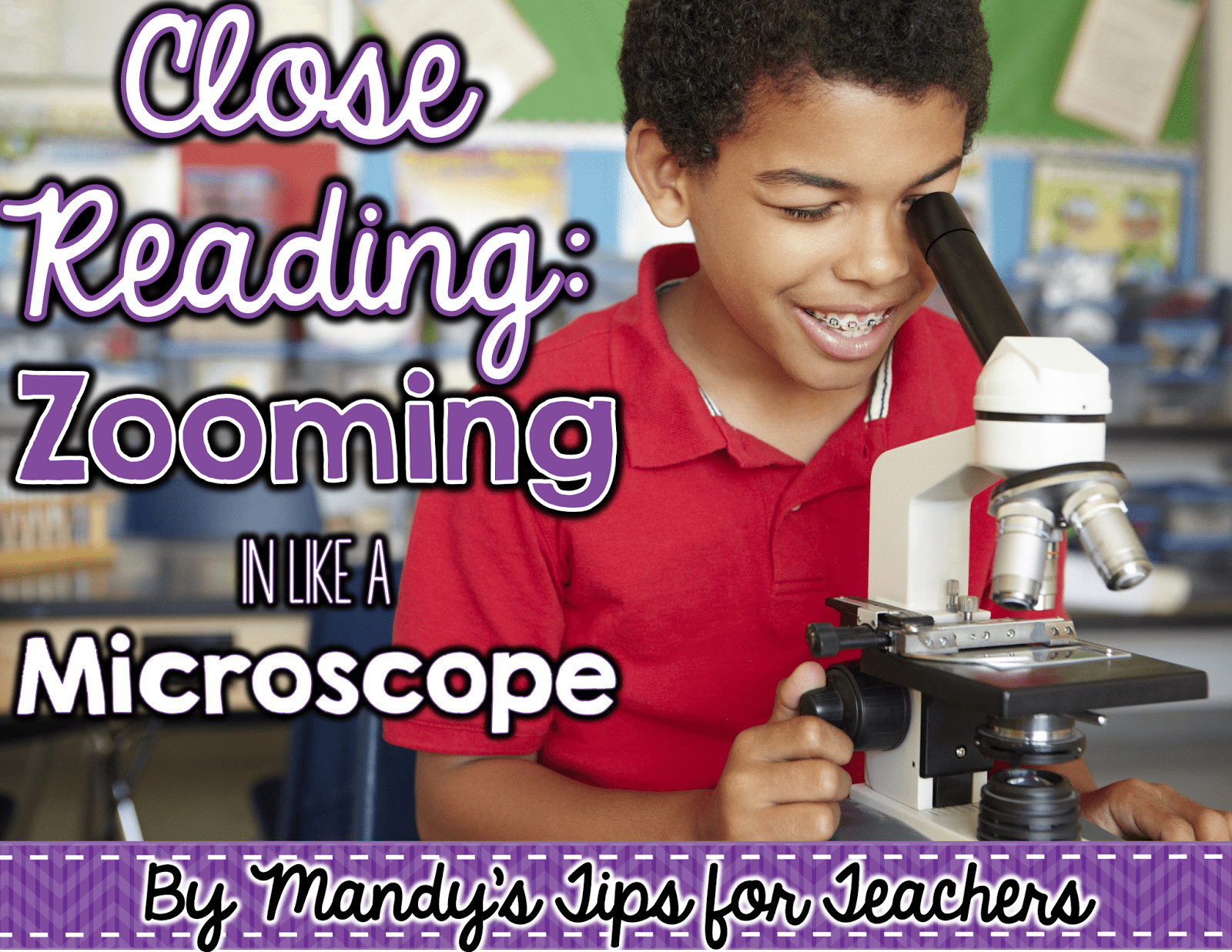







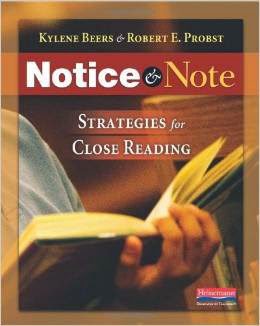
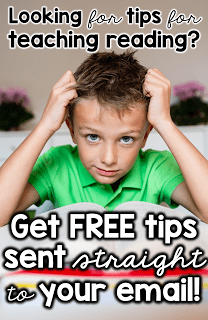
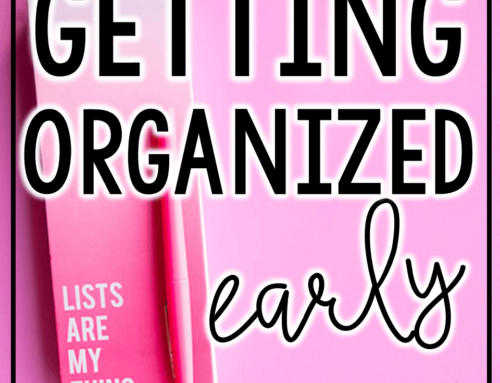

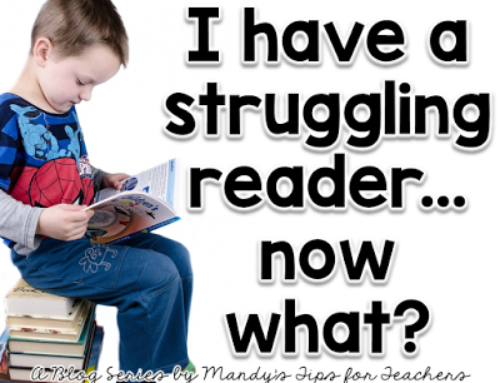
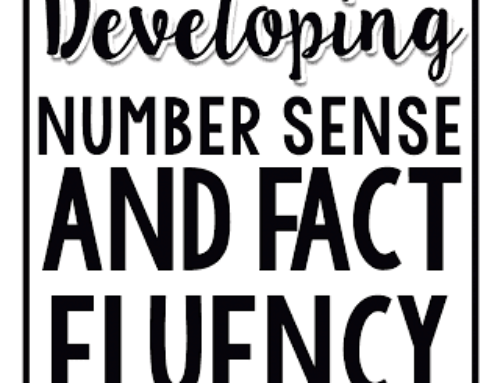

I had no idea how much background knowledge is provided prior to close reading is such a hot topic! Thanks for an informative post.
I have to agree about not over- emphasizing background knowledge. A student recently wanted to tell me all about her cousin because her cousin had the same name as one of the characters, no other connections. I believe we should spend most of our time reading. Jan Richardson and many other reading experts also support this idea.
VERY well-researched (and eye-appealing!) post!
🙂 erin